Upcoming multiplayer survival game Dune: Awakening deposits players on the forbidding desert planet of Arrakis and challenges them with a single mission: survive. Dune: Awakening players must work together to find water and spice, face down sandworms and other foes, and ultimately create a guild powerful enough to challenge the very Imperium itself. At that point, the mission is not longer to survive Arrakis, but to control Arrakis. Set within the rich world originally created by Frank Herbert, Dune: Awakening is a sprawling open-world survival game like no other.
Game Rant spoke to Dune: Awakening executive producer Scott Junior about the challenges and triumphs of creating a game that was faithful to such an iconic IP. He discussed working with Frank Herbert’s estate as well as Legendary Pictures, producer of the recent films Dune and Dune Part Two, to create a lore-accurate Arrakis for players to inhabit. Junior also discussed creating memorable survival gameplay loops, the importance of balancing both early-game and endgame goals, and how his previous work on Conan Exiles inspired certain elements of Dune: Awakening. This transcript has been edited for clarity and brevity.
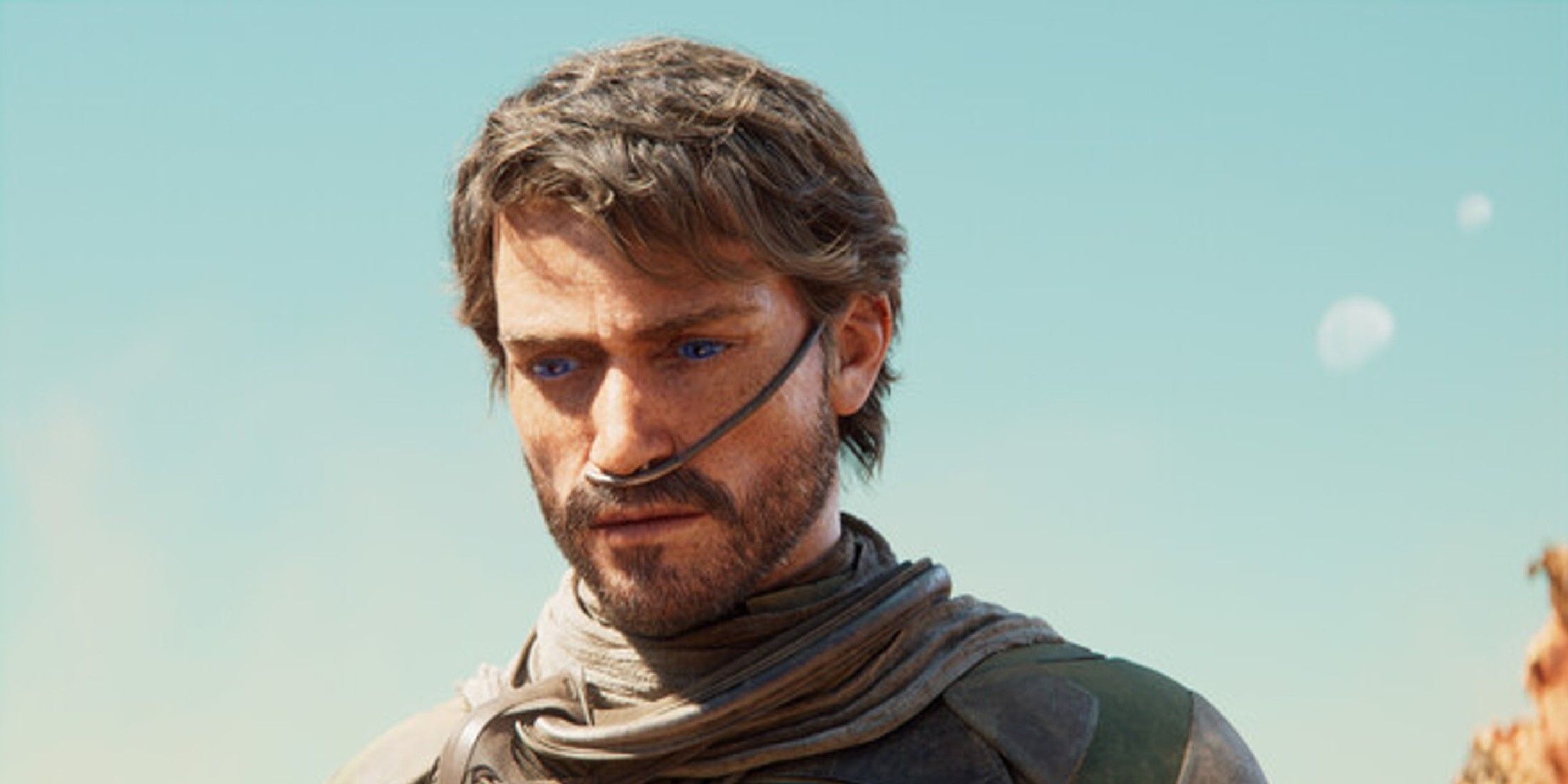
Related
Comparing Dune Awakening’s House Atreides to Timothee Chalamet’s Version
Dune: Awakening is set to hit closed beta later this year, but the game is making one massive change to series protagonist Paul Atriedes’ story.
Honoring The Rich Legacy Of Dune In Dune: Awakening
Q: An earlier presentation mentioned working with constraints and how that led to some creativity within the game. Could you talk more about this, and what creativity came from the constraints?
A: When we began working with Dune, we made the decision that we wanted to be very accurate with the setting, right? I guess that’s the best way to put it. There are a couple of specific things with Dune – take the survival gameplay, for example. You can’t just punch a tree. There are no trees to punch. It just wouldn’t fit in the setting, right?
Another thing we could use is how shields work in Dune. In the books, they talk about how guns just don’t really matter anymore because they’ve come up with this Holtzman shield technology that can stop high-velocity things. Anything high-velocity coming in, it just completely nullifies it, right? It’s like dueling has come back, everyone’s fighting with melee instead, but we wanted to make a shooter.
It’s one of the things we started with, coming from Conan Exiles, so that put a pretty big constraint on us. How do you make a game with shooting that works with Dune, that’s lore accurate, when you can’t have guns? You need to have guns to make a shooter, so we worked with Legendary Entertainment and the Herbert estate to come up with the dart system that we use. These are low-velocity projectiles that we shoot.
The basic gun you start with is the Maula pistol, and it’s just shooting darts. As you start progressing, there are different kinds of darts, and they interact with shields and do things in different ways. I think one of the coolest things we have is – you might have seen it when he brings up the really big gun and shoots it. I think it’s called an “elephant gun” there, but we’re going to change it to something different. It shoots a drilling dart.
If you’ve seen the second movie [Dune Part Two], there’s a scene where they’re shooting, and you hear the projectile spinning as it’s interacting with the shield. We have the same thing. And what’s neat is, in PVP, and especially in PVE when an enemy is shooting at you, you’ll hear that noise when it hits the shield. You can actually dash out of the way and the projectile falls to the ground. And that sort of interaction wouldn’t happen if we had bullets or if we had Halo shields. It’s just one of the many things we’ve worked through.
There’s been stuff with how water works, how spice works, how vehicles work, and how the sandworm works, which has led us to make a unique combat system, but also a unique survival game.
Q: You mentioned working with Frank Herbert’s estate, Legendary. Has there been any sort of major feedback they’ve given that you can think of that really sort of shifted how you were approaching the game?
A: I wasn’t on the project really, really early when they were working with the Herbert estate, so I can’t go into detail there. But I have been here when we’ve been working with Legendary, and a lot of their feedback is just on how we present things, making sure that we’re tied closely with the IP.
So, for example, they needed to introduce Fremen in sietches before we did, and that’s something that we worked around so that our launch scope wouldn’t include the Fremen. Or the ornithopter, for example, if you’ve seen it in the game, it’s very inspired by Villeneuve’s ornithopter from Dune and Dune Part Two. A lot of it is just using the inspiration and the groundwork that they’ve set. Like the music: it’s very similar to what Hans Zimmer has done, but it’s different. It’s our own take on it, so it’s using them as the modern interpretation of Dune and then making tweaks so it’s our own and works in a gaming space.
Q: While you definitely had to work around the movies, did you have to work around the HBO series Dune: Prophecy at all?
A: No, not really. I mean, we will want to. I just saw it for the first time in December with everybody else – we didn’t get early access – and our launch scope had already been set far, far before we watched it. We will look at it and see if there are any post-launch things that we can do and take inspiration from, whether it’s from their take on the early sisterhood, the early Bene Gesserit, or any outfits they have, maybe. It’s really far in the past, like 10,000 years, so we can’t bring in any characters necessarily but we can take some inspiration. But nothing in the launch product of the game.
Q: I loaded up the game. I’m making my character, a truthsayer is asking me all these questions, and I can choose to be a Bene Gesserit acolyte. But as my character was male, how does that fit into the lore?
A: It’s not being a Bene Gesserit; it’s having them be your trainer. It’s similar to Paul Atreides. Paul’s not a Bene Gesserit, but he’s got the ability to use the Voice and things like that. That’s where we’re drawing from. You, as a male, wouldn’t be part of the Bene Gesserit in the IP, so it’s more of who your trainer was, what you started with. Even if you don’t select that, you can find another Bene Gesserit trainer in the world, and she will teach you some of the tricks and unlock that skill tree for you.
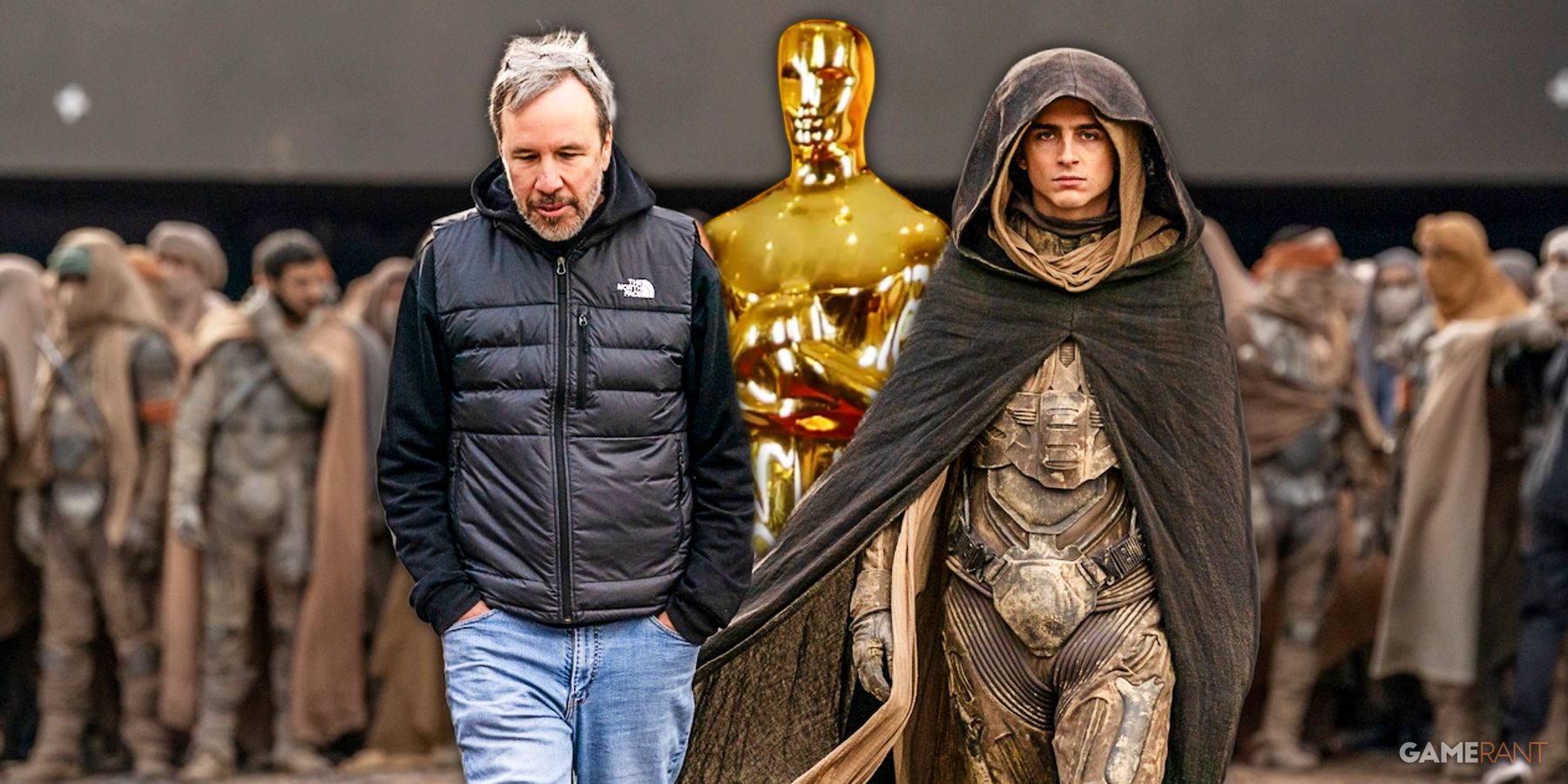
Related
The Oscars Just Repeated Their Worst Ever Sci-Fi Snub
Denis Villeneuve was snubbed yet again for Dune: Part Two. Does this mean sci-fi’s best chance for the coveted prize is done and dusted?
Creating And Balancing Survival-Based Gameplay
Q: The game is “divided” into four phases: survive, protect, expand, and control. Is there a different sort of goal for each phase in terms of how it relates to the player, what you’re expecting the player to do?
A: Fundamentally, the game is still a sandbox game in a way. Pun not intended! It’s a bit more linear when you start the game because we have a lot of unique systems, so we need to teach the player to interact there. Eventually, that does open up into the sandbox.
In each phase, there will be different players that can set their own goals in different ways. So, say, at the start of the game, water is a survival pressure, right? It’s a very quintessential Dune pressure of “Water is scarce, and you must get it, and you can never have too much of it.” It’s the only thing that’s keeping you from dying in Dune.
As you go to the next phase, water turns from a survival pressure into a resource, and you’re using it in crafting and making vehicles and making higher-tier materials, similarly to Spice. Spice, at the beginning, starts as just this thing that makes you do really cool abilities and become prescient and see the future. But, as you go into the mid-game, again, it becomes a crafting resource. Then, at the endgame, it becomes like a currency that you’re using to spend and get political favors and influence the Landsraad. So, that’s one way the game changes.
We break players down into their archetypes, right? You know, you have your builders, you have your crafters, you have your people that like combat, and each phase has a different take on that activity. You’re just building to survive at the beginning. At the very, very end, you’re building for a massive guild. You’re making short-term bases in the deep desert that are getting wiped away by the Coriolis storm. There’s exploring at the beginning, and there’s exploring at the end.
Q: Typically, if we look at survival games, something usually has one or two purposes. You’re talking about how water and spice are evolving as you get further in the game. What kind of development challenges were there to have that sort of evolution throughout the game?
A: In a multiplayer game, it adds the challenge that if you have survival pressure in the early game. Water is very scarce, and then it turns into something else where, at the end, you need massive quantities of it. The economy between a starting player and an end player is very different. You don’t want to make that economy at the end where they have so much water, for example, because they can just go give tons and tons of it to new players that are entering the game.
It’s just balancing this stuff in that way. Even though it’s used in different ways, it’s always valuable, and it’s always scarce for the quantities that you need at that time. It is a hard thing to balance, and players will use whatever mechanics we give them – exploiting or coming up with smart ways to use systems. It’s something we’ll have to be very diligent about balancing once it’s live. It’s a persistent world, so what enters the game stays there forever.
We need to monitor those things so that it feels like the IP – where water is scarce at the start, but, eventually, at the end, it’s just like in the movies. The Atreides, they’re not scouring for water. They have tons of it. They have palm trees entering into Arrakeen, you see that in the movie, so yeah, it’s getting that careful balance between the early game and the later game.
Q: This is obviously a very ambitious game – how does the narrative design work within all of this?
A: When we start a product or a game, we want to find out how we can succeed: right when you start making a game. Where we thought we could succeed was by adding a narrative element to a survival game and borrowing from what some MMORPGs are doing, what some single-player games are doing, and having a strong player journey that they’re going through.
When you’re working with an IP like Dune, you have to have these narrative elements. That’s what people expect, or it doesn’t really feel like the IP. The narrative here is more important than probably any survival game that I’ve played. I’m sure there are maybe some single-player ones that have similar narrative elements, but it’s important to us. It will be important throughout the player’s journey. The post-launch will continue to expand the narrative by building on the story, eventually concluding at some time far in the future, and then starting a new type of story that takes over.
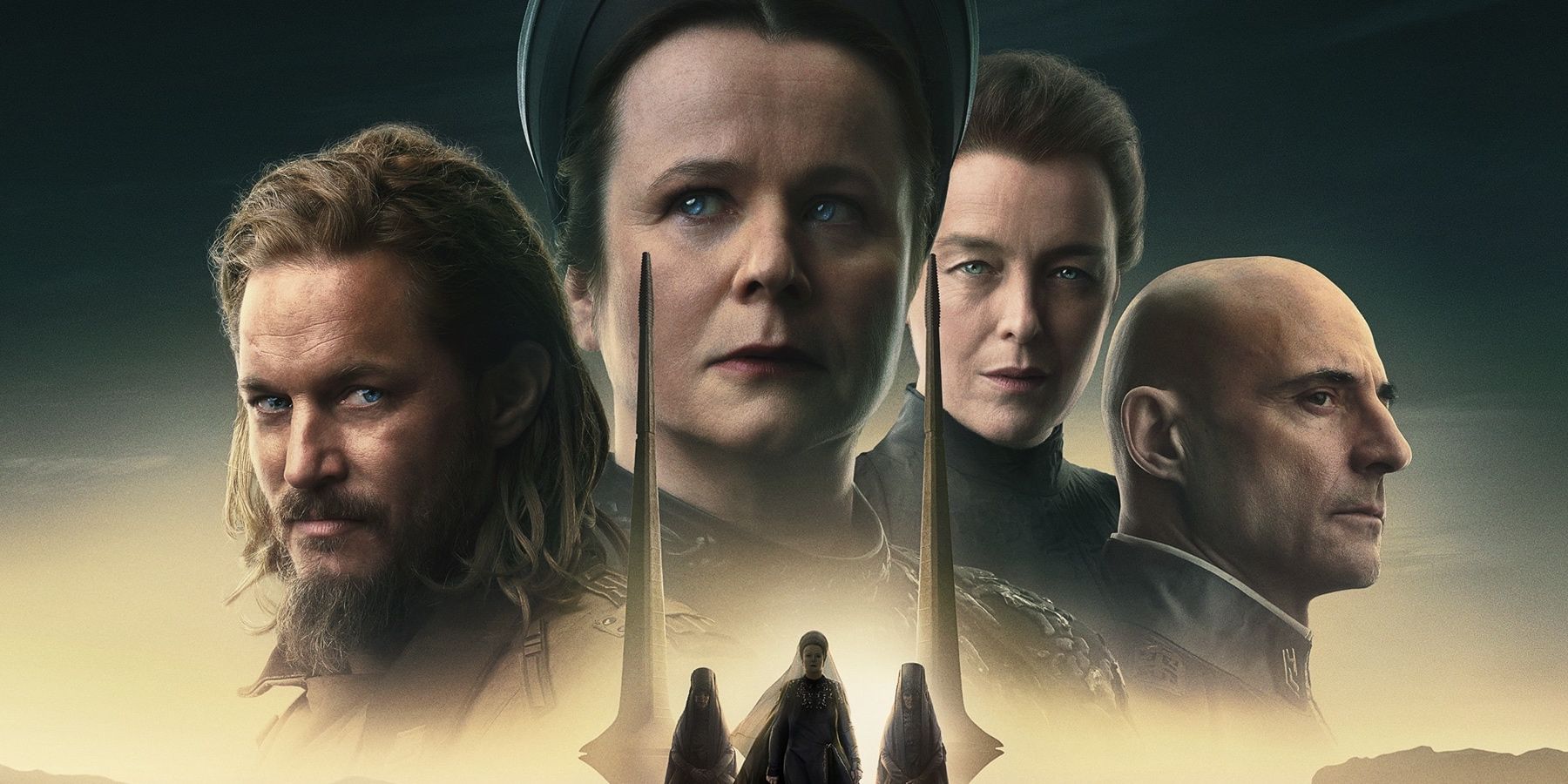
Related
How Dune: Prophecy Is Setting Up Dune Messiah
The secretive organization responsible for Desmond Hart in Dune: Prophecy is the key to everything
Dune: Awakening’s Post-Launch Plans And More
Q: In broad terms, what’s the plan for once the game is live and releasing updates? Is there a road map internally, or plans for post-launch?
A: Yeah, we talk about that constantly. We have a plan of what we want to do in the first year post-launch. Then, after that, it will depend on how the player base is reacting to the game and how they play it. We’ll be reacting there. Things we won’t be reacting to are the stories that we want to tell, so that’s kind of set in stone.
But we’ll have a consistent release cadence. Every release, or every large release, will have new features, new content, and a new part of the story. Eventually, we’ll even be seeing new maps and expanding on the overland maps. You can travel to new locations.
Q: Not leaving Arrakis though?
A: [Laughs]
We’ll see. We’ll see! Not at launch, though, for sure.
Q: One thing that always comes to mind for me when I see Dune: what is it like to develop this game and try to make sure that you provide players with variety, but everything is sand?
A: Sure. Maybe we should have talked about this at the start as far as constraints go [Laughs].
Arrakis was a very large constraint. Because in most games like this, you go from the forest biome to the desert biome to the tundra to the volcano region, and we can’t do that. What we do instead is change how the desert looks, change how the lighting in the desert looks. We do try to push things a little bit further than the movies do, to be closer to what the books do.
Because, when Herbert is describing Dune, he’s talking about the beaches in Oregon, which have quite a bit of vegetation coming up through the sand dunes. We have some regions further in that have cacti and shrubs and other things there. It’s difficult not to just be sand and rock all the time, but the art team, I feel, has done a really good job of using what we can with the game to make the areas you go to look different.
Post-launch, there are areas of Arrakis, whether it’s like the polar caps or the southern hemisphere, that haven’t really been explored too much. We see it a little bit in Dune Part Two when they go to the south, and it looks different with the scrublands you’re seeing all around. Yeah, we do what we can.
But, ultimately, we feel people are coming here to be on Arrakis and to play the first game where you’re living on Arrakis and experiencing Arrakis. Arrakis is Dune, and Dune is sand and rocks. It’s what people want in it, and I think the art team has done a really good job of making that come to reality and keeping things varied as if you are going into different biomes.
Q: How does Dune: Awakening cater to the different MMO player types? You’ve mentioned builders, you mentioned crafters. If someone wants to be super passive or super aggressive, as a developer, how do you approach accommodating all that?
A: When we say MMO, we don’t mean MMORPG. We’re talking more about the amount of players that you’re interacting with and this endgame system that’s more social. We have different archetypes, as I talked about earlier, with building and crafting. At the start of the game, you need to experience all of these things. However, you can progress if you party up with other people to do things you don’t necessarily want to do.
You can’t play the game as a pacifist. It’s Dune. It’s a violent world. But you can eventually start teaming up with people and taking on a role in a guild that’s not necessarily about shooting and killing. It can be more about harvesting, if that’s what you want. This is something we saw in Conan Exiles that we want to build further on in Dune, which is at endgame, people have the game loops that they really like and enjoy.
Some people, when they’re playing survival games, like the Zen loop of just going out, gathering resources, and bringing them back. Some like to be very creative with building. Others like PVP. We have each of those activities, which we also had in Exiles, and we have another layer with political and group systems on top of that too.
Q: Speaking of Conan Exiles, what can fans of that game expect coming into Dune Awakening?
A: A very lore-accurate representation of the world they’re in. When we were working on Conan Exiles, we made the Exiled Lands sort of like the greatest hits of Howard’s work, right? And in the areas you’re going to, we tried to cram in as much as possible. We’re doing something very similar with Dune, where it’s very lore-accurate to the setting, being on Dune, living on Dune. I think that’s one of the things we do best. We stick really closely with the IP – to the point, sometimes, where we have to make some risky design decisions. But that’s what I’d say that people can expect.
[END]
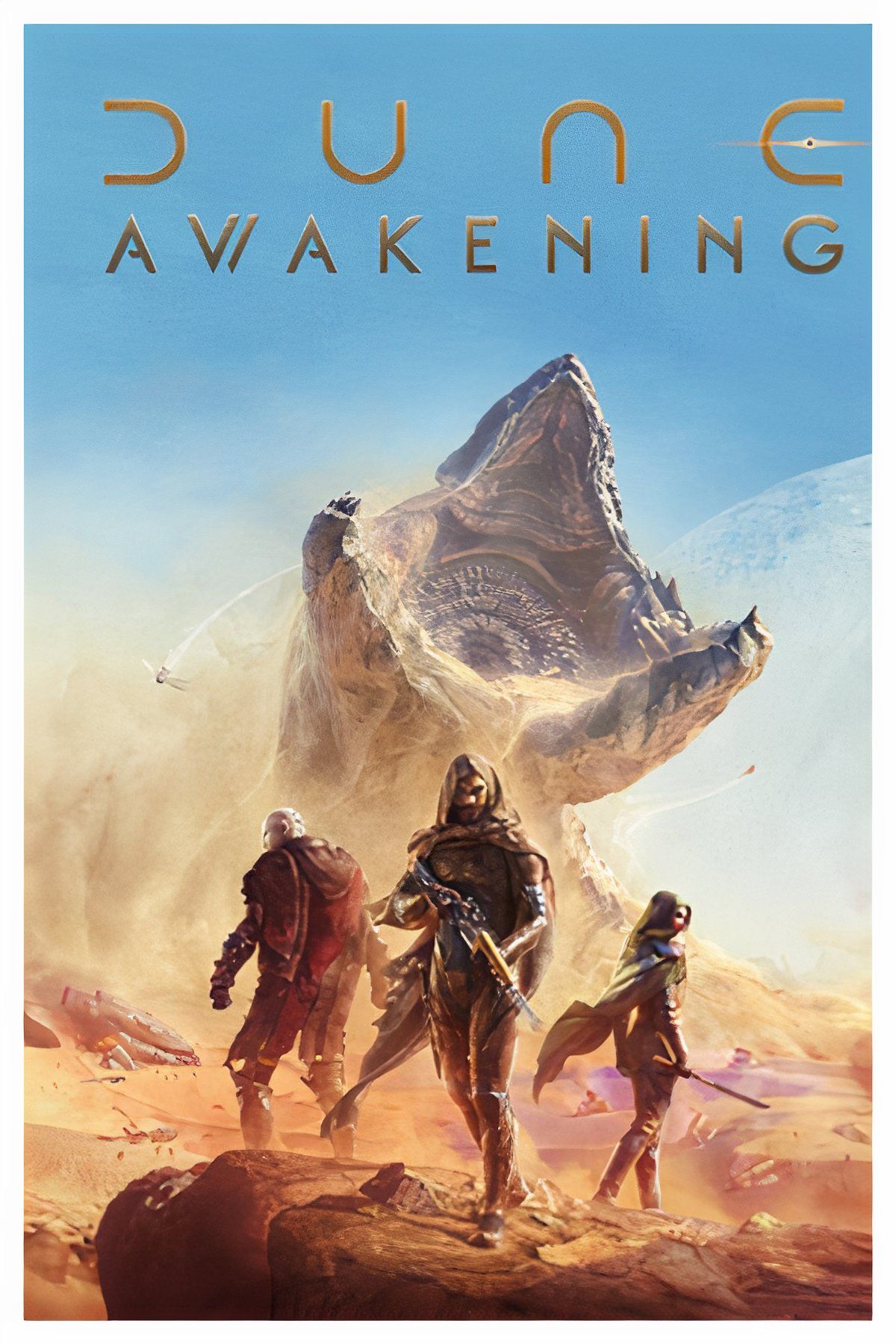
Rise from survival to dominance on the most dangerous planet in the universe. Dune: Awakening combines the grit and creativity of sandbox survival games with the social interactivity of a large, persistent multiplayer game to create a unique and ambitious Open World Survival MMO.
Awaken The Sleeper
Your journey begins on Arrakis, with its vast deserts and colossal sandworms. Meet characters from the movies and books as you follow your story across Dune. Discover new allies and enemies and exploit your relationships to uncover the mystery that lies just beneath the surface of the sands.
Choose Your Identity
Craft your identity and build your prowess, from deep character creation to skills and abilities taught by specialists like Mentats and Bene Gesserit. Declare your loyalties by what you wear and become known by what you do, whether you are a specialized master or multi-talented adept.
Explore Arrakis Like Never Before
Dune: Awakening brings the epic landscapes of Arrakis to vivid life. Explore boundless rolling dunes, ancient underground Ecology Labs, and deep canyons pockmarked with caves, where bandits seek easy prey. Wander the bustling villages before braving the lawless and ever-changing deep desert.
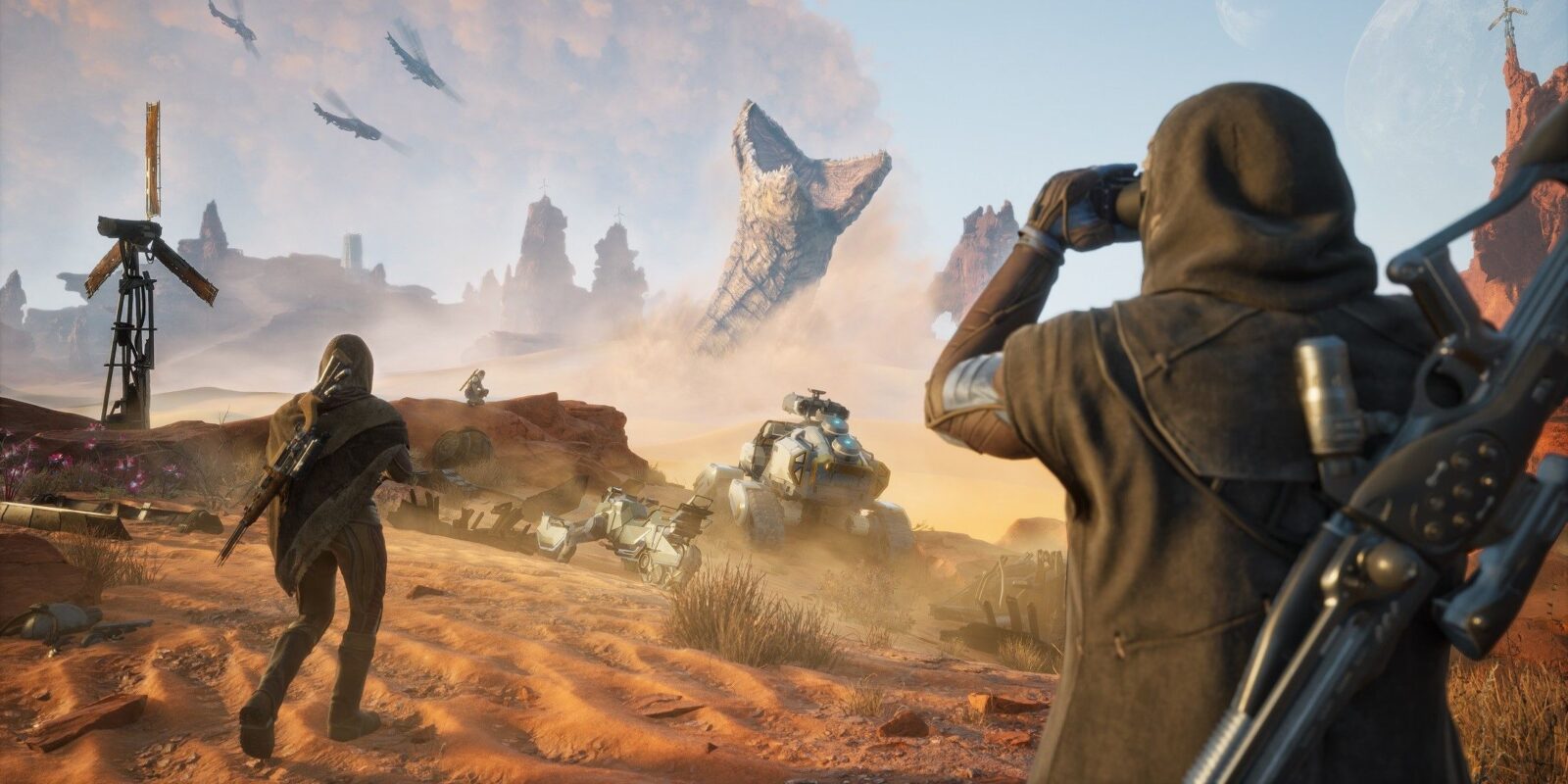



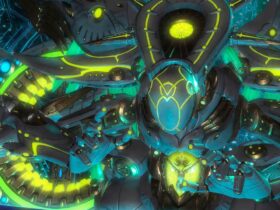
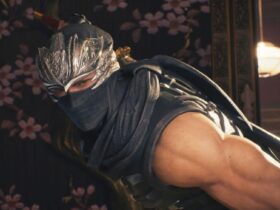
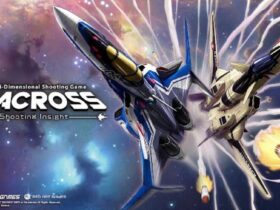
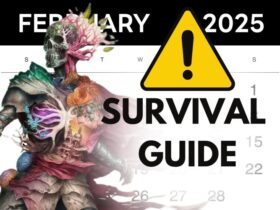

![Date Everything Reveals New Character Dante the Fireplace [EXCLUSIVE]](https://esportvoice.com/wp-content/uploads/2025/02/Date-Everything-Reveals-New-Character-Dante-the-Fireplace-EXCLUSIVE-370x250.jpg)




Leave a Reply